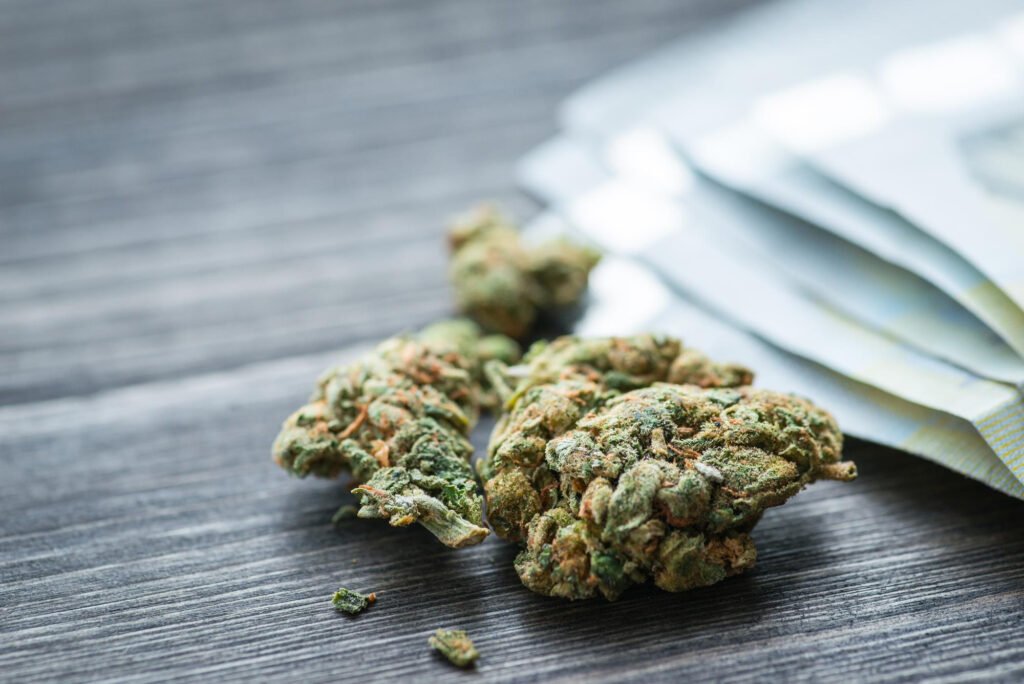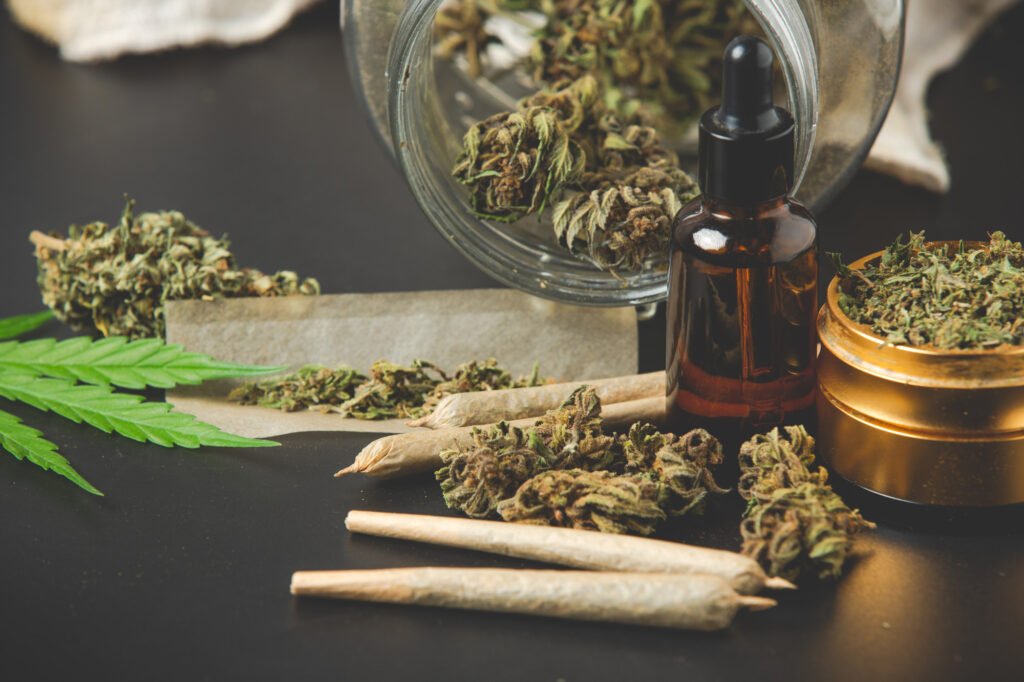Have you ever wondered if weed is legal in Spain? Marijuana has been a topic of debate in this country for decades. While many associate it with cannabis clubs and recreational use, this question often causes confusion among locals and tourists visiting the country. Ultimately, it’s a topic that, beyond sparking curiosity and debate, has a fascinating history, complex laws, and nuances worth exploring. If you want to clear up your doubts and learn more, keep reading.
The Question… Is weed Legal in Spain?
The most accurate answer would be no, weed is not legal in Spain, but with nuances. In Spain, the consumption and cultivation of marijuana for personal use is not penalized, but there are very clear restrictions. The laws allow adults to consume cannabis in the privacy of their homes or in cannabis clubs, as long as the principle of personal consumption is respected and no trafficking or distribution activities are involved.
This means that smoking weed in public spaces is strictly prohibited and can lead to severe administrative sanctions, as established by the Citizen Security Law. On the other hand, cultivating cannabis in limited quantities is permitted if it is for personal use and in private spaces, but any indication of intent to sell could result in criminal penalties.
In summary, while there is no full legalization, Spain offers a tolerant framework for private and responsible consumption, as long as the established regulations are followed. This has made the country a European reference for cannabis users seeking a less restrictive environment than in other places.
A Bit of History on Cannabis in Spain
In Spain, cannabis has a fascinating history, spanning from its introduction during the Arab era to its current role in modern culture.
Arab Era
During the Arab occupation of the Iberian Peninsula (711-1492), cannabis, known as «kannab,» was introduced and valued primarily for its industrial uses. It was used to produce durable fibers for ropes, textiles, and ship sails, becoming a key resource in the agricultural economy of regions like Al-Andalus.
Although there are historical references suggesting its use in small doses as a relaxant or for therapeutic purposes, there is no widespread evidence of recreational use during this period.
19th and 20th Centuries
In the 19th century, cannabis gained popularity as a medicinal substance in Spain, being used in pharmaceutical products to treat ailments such as menstrual pain, insomnia, and nervous disorders. However, in the 20th century, its medical use declined due to the emergence of more potent synthetic drugs.
At the same time, its recreational use grew, especially during the countercultural movements of the 1960s and 1970s, becoming associated with hippie and student movements. This led to a tightening of laws, culminating in the signing of the Single Convention on Narcotic Drugs in 1967, which restricted its cultivation, distribution, and consumption.
Partial Legalization in the 21st Century
In recent decades, Spain has adopted a more tolerant approach toward cannabis, particularly with the creation of cannabis clubs in the late 1990s and early 2000s. These clubs, popular in regions like Catalonia and the Basque Country, operate under the principle of private and associative consumption, offering a safe space for users.
Despite these advances, cannabis remains illegal at the national level, and the lack of uniform legislation creates uncertainty. Nevertheless, Spain has become a European reference for responsible consumption, attracting tourists interested in its cannabis culture.

Current Laws Regulating Cannabis in Spain
The legal framework for cannabis in Spain is based on a combination of national and local laws aimed at balancing personal consumption with the fight against illegal trafficking. Below, we explain the main regulations:
Citizen Security Law (Organic Law 4/2015)
Known as the «Gag Law,» this legislation establishes strict sanctions for the consumption and possession of drugs in public spaces. Fines can range from €601 to €30,000, depending on the severity of the offense. However, the law allows cannabis consumption in private spaces, as long as it does not affect third parties. This approach seeks to balance respect for individual freedoms with public order.
Penal Code (Organic Law 10/1995)
The Penal Code penalizes drug trafficking, including the sale and distribution of cannabis, with penalties varying depending on the quantity seized and the circumstances of the case. Additionally, cannabis cultivation is sanctioned if there is evidence of intent to traffic. These provisions primarily aim to combat drug trafficking, differentiating it from personal consumption, which is not considered a crime but is regulated.
Regional Regulations
Some autonomous communities, such as Catalonia and the Basque Country, have developed specific regulations for cannabis clubs. These rules focus on ensuring responsible consumption and establishing clear limits on the operation of these associations.
International Treaties
Spain is a signatory to international treaties, such as the 1961 Single Convention on Narcotic Drugs, which limits the use of cannabis to medical and scientific purposes only.

Pros and Cons of Current Cannabis Laws
The current cannabis laws present both advances in consumer protection and the reduction of the illegal market, as well as challenges stemming from the lack of clear regulation and regional inequalities.
Advantages
- Protection of private consumption: Current laws allow personal consumption and cultivation of cannabis, avoiding the criminalization of recreational users. This fosters a more tolerant and respectful approach to individual decisions.
- Reduction of the black market: Cannabis clubs offer a safe and controlled alternative to illegal trafficking. This reduces consumers’ exposure to low-quality or dangerous products and diminishes the influence of organized crime.
- Greater quality control: In cannabis clubs, products are often subject to quality controls, ensuring safer consumption for users.
- Focus on public health: By regulating consumption, responsible use can be encouraged, and education about the risks associated with cannabis can be promoted, rather than stigmatizing users.
Disadvantages
- Legal gray areas: The lack of clear and uniform regulation creates uncertainty for both consumers and associations. This can lead to contradictory interpretations of the law and situations of legal insecurity.
- Regional inequality: Some autonomous communities have more tolerant approaches, while others impose stricter sanctions. This creates inequalities in access and legal treatment of cannabis depending on the region.
- Limited access: Although cannabis clubs are an alternative, not all consumers have access to them, especially in areas where they are not well-established or where regulations are more restrictive.
- Unclear limits: It is not always clear how much cannabis can be cultivated or possessed for personal use, which can lead to confusion and abuses by authorities.
Discover the Best Cannabis Clubs in Spain with THC Maps
If you want to explore Spain’s cannabis scene further or join a club, visit THC Maps for more information. Discover everything you need to know about cannabis in Spain with us!

